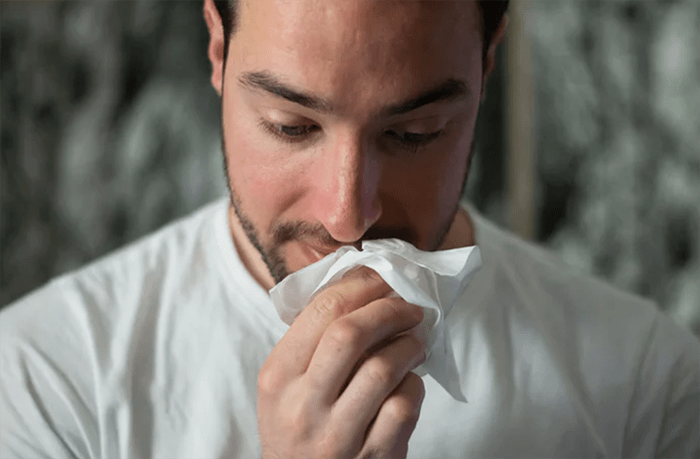COVID-19 is in the Air. Literally. Allergy season is around the corner and so is the Coronavirus. From grass to weeds and pollens, the hot weather is almost here, sending allergy levels through the roof. Fortunately, you’re sharper than these minute microbes, and following these easy do-it-yourself or DIY tips can help you keep your allergies at ease. A house that is well-ventilated and has non-leaking ductwork is the first defense against bringing pollen into your home.
Dust the Home
Use an anti-pollen air filter for your home, a popular air purifier is High-efficiency particulate assistance or HEPA. It works by forcing air through a fine mesh that traps harmful particles such as well-known pollen, pet dander, dust mites, and even cigarette smoke. These are small, portable units that may work for a single bedroom. A good idea will be to buy a big enough air filter and place it in the room you spend the most time in.
Make sure you keep your windows closed when pollen counts are at their highest: early in the morning hours, between 9 a.m. and 4 p.m., and in gusty conditions. Remember that the particles suspended in the air are not the only ones in your home. It’s a known fact that rugs, beddings, and drapes collect the most dust and lint. Another thing to keep in mind is to remember to remove clothing when coming from the outdoors.
Clean up all the Clutter
Allergies like to hang out in cluttered spaces, under the bed, in the back of the dresser, and next to the old vase on top of the countertop. If you suffer from allergies, it’s essential to take steps to reduce allergens in your home. Get rid of old magazines, old clothes that you never seem to have time to through away, and other miscellaneous items that can collect dust and pet dander. Also, limit the things you bring into your home that may trigger allergies, such as certain types of plants or materials. Focus on the rooms you spend the most time in and keep them clean and clutter-free. Don’t forget to carefully clean surfaces, floors, and carpets at least once a week to reduce allergens and improve indoor air quality.
Freshen up the Rooms
Just like the old saying says, “Where there’s water there’s mold”, after all the hot showers all these years your bathroom will collect, and dust and mold will grow. Make sure you inspect the pipes for any leaks and if they need any repairs to fix them right away. Don’t forget about the walls; make you clean them with a non-toxic cleaner.
A DIY wouldn’t be complete if we didn’t mention cleaning ventilation fans. Ventilation fans are one thing that many people forget to clean. Run the vans after a shower or bath for approximately 30 minutes. Go around the house and check all pipes and fixtures for mold and buildup.
Lower Dust Buildup
Rugs, fabrics, and curtains are well-known dust collectors. Consider other material curtains besides cotton, high-pile carpeting, and upholstered furniture in the bedrooms; all comfy accommodations for allergies. Avoid long carpeting and if you are planning on buying new carpeting, make it short. Also, make it a routine to vacuum weekly with a cleaner that has a small-particle or HEPA filter for the best results.
Wise Section of Landscaping
Make a good selection for the landscape. We all have seen the yellow, sticky pollen that bees carry from plant to plant infrequently causes allergic reactions. The main cause of allergies is the thin particles that the wind blows away from trees.
The most popular trees that are known to cause allergies are male maple trees, birch, and ash. Instead go with low-allergy trees like dogwood, double-flowered cherry, and the most common magnolia trees. If you are not into trees and want to go with smaller flowers go with astilbe, impatiens, scabiosa, and columbine. Allergies are not fun but these easy DIY tips from the Local Records Office will overcome your hay fever once and for all.





